Charity Donation Letter Template for Successful Fundraising
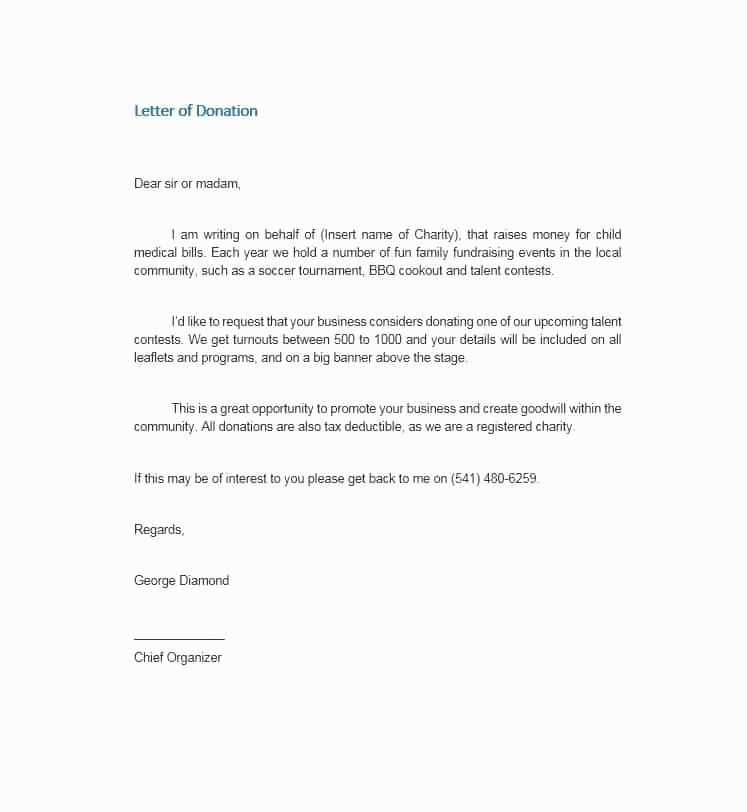
When seeking support for a noble cause, the way you reach out to potential supporters plays a crucial role in the success of your efforts. Clear, compelling messages that resonate with readers can significantly increase engagement and contributions. Knowing how to craft such communications is key to building lasting relationships with donors.
Persuasive writing should focus on making a strong emotional appeal while maintaining clarity and respect. A well-structured request can inspire people to take action, whether by offering financial help or other forms of support. This section will guide you through the essential components of an effective appeal.
Understanding your audience is another critical factor. Tailoring your message to match their values and motivations can make all the difference. In the following sections, we will explore different strategies to create messages that not only inform but also inspire.
Why a Donation Letter Matters
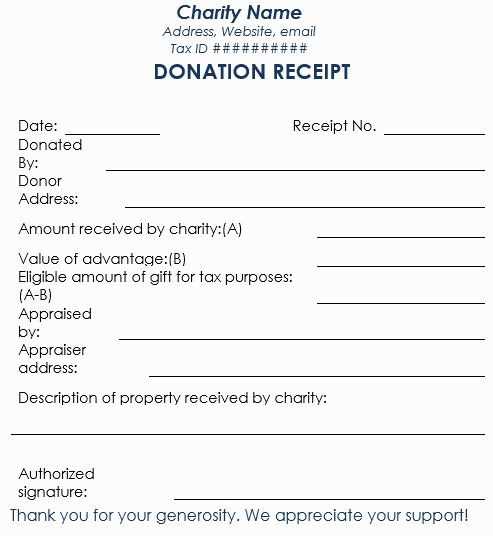
Effective communication is essential when trying to gather support for any cause. A well-crafted message can engage potential supporters, explain the purpose of the cause, and motivate people to contribute in meaningful ways. Without a clear and compelling request, it can be difficult to build trust and inspire action.
Building Connection with Potential Supporters
A thoughtfully written message allows you to connect with your audience on an emotional level. By sharing the impact of their involvement, you create a sense of purpose and urgency. A strong appeal can turn passive readers into active supporters.
- Emphasizes the importance of the cause
- Shows how contributions will make a difference
- Engages with the reader’s values and beliefs
Creating a Lasting Impression
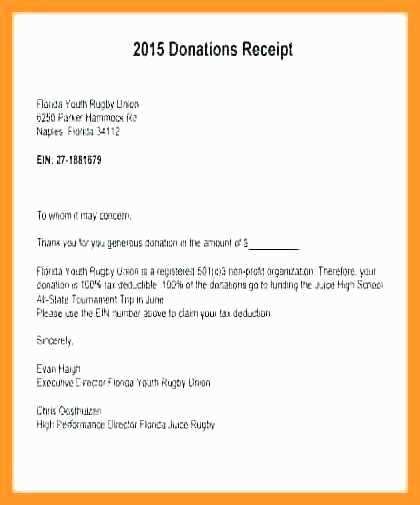
Well-crafted communications not only prompt immediate responses but can also lay the foundation for ongoing relationships. By thanking contributors and keeping them informed, you encourage continued support and engagement over time. A good message keeps the cause fresh in the minds of supporters and can lead to long-term partnerships.
- Demonstrates appreciation for any contribution
- Inspires confidence in the cause’s management
- Offers avenues for future involvement
Key Elements of a Strong Appeal
An impactful request involves more than just asking for help. It requires careful thought and structure to ensure the message resonates with the reader. A compelling appeal conveys the purpose of the cause, demonstrates the need for support, and highlights how the reader’s involvement can make a tangible difference.
To create a powerful appeal, focus on the following key elements:
- Clear Purpose: Clearly state what you are trying to achieve and why it matters. Be direct and specific about your goals.
- Emotional Appeal: Connect with the reader’s emotions by telling a personal or relatable story that underscores the urgency of the cause.
- Impactful Call to Action: Clearly instruct how the reader can contribute and why their participation is crucial to success.
- Credibility: Include relevant background information that helps build trust, such as past successes or partnerships with reputable organizations.
- Appreciation: Always express gratitude and show that you value the reader’s potential involvement, no matter the size of their support.
How to Personalize Your Request
Personalizing your appeal makes a significant difference in how the message is received. When you address the individual needs, preferences, or values of the recipient, your communication becomes more relevant and meaningful. A generic approach may fail to capture attention, while a tailored request builds a stronger connection and increases the likelihood of support.
Consider the following strategies to make your message stand out:
- Use the Recipient’s Name: A simple yet effective way to personalize any communication is to directly address the individual by name. This shows you are speaking to them personally rather than sending a mass message.
- Reference Past Engagement: If the recipient has supported your cause before, mention their previous contributions. Acknowledge their ongoing role and make them feel valued.
- Align with Their Interests: Understand what matters most to your audience and highlight how their involvement aligns with those values. The more relevant your appeal, the stronger the impact.
- Tailor the Tone and Style: Adjust your tone based on your relationship with the recipient. Whether formal or casual, make sure your message resonates with the recipient’s preferences.
- Include Specific Outcomes: Let the reader know exactly how their involvement will make a difference. Personalizing the outcome to reflect their potential impact can motivate them to take action.
Crafting an Emotional Connection
Building an emotional bond with your audience is one of the most powerful tools in any appeal. When you evoke feelings of empathy, compassion, or inspiration, you motivate individuals to act not just out of obligation, but from a genuine desire to make a difference. This emotional connection can transform a simple request into a compelling call for action.
To create a strong emotional appeal, focus on these key elements:
- Tell a Story: Personal stories or real-life examples can make the cause feel tangible and relatable. Share stories of individuals who have been directly impacted, highlighting their struggles and how support can change their lives.
- Use Powerful Imagery: Descriptive language and vivid imagery help the reader visualize the issue at hand. This makes the cause more real and urgent in their mind.
- Appeal to Core Values: Connect the message to universal values such as kindness, justice, or community. When people see how their support aligns with these values, they are more likely to respond.
- Show the Human Side: Include testimonials or quotes from those directly involved in the cause. These authentic voices build trust and create a deeper emotional connection with the reader.
- Express Urgency: A sense of urgency can prompt immediate action. Help the reader understand why their help is needed now, and what will happen if the support is not received.
Tips for Clear and Concise Writing
Effective communication requires clarity and brevity. When crafting a message asking for support, the goal is to make your point quickly and clearly, without overwhelming the reader. A well-written appeal should convey its purpose without unnecessary details or complex language, ensuring that the reader understands both the cause and their role in it right away.
Here are a few tips to ensure your message is both clear and concise:
- Keep Sentences Short: Avoid long, complicated sentences. Break them into shorter, easier-to-read statements that get directly to the point.
- Eliminate Unnecessary Words: Be mindful of redundancy and superfluous language. Each word should add value to your message.
- Use Simple Language: Avoid jargon or overly formal terms that might confuse the reader. Choose words that are easy to understand and relatable.
- Highlight Key Points: Use formatting tools like bullet points or bold text to emphasize important details. This helps guide the reader’s focus.
- Be Direct: State your purpose and request upfront. Don’t bury the main message in a long introduction.
By focusing on clarity and simplicity, your message will be more likely to capture attention and drive the desired response.
Best Practices for Addressing Donors
How you address potential supporters can significantly impact the effectiveness of your communication. Whether you’re reaching out to individuals who have contributed in the past or engaging new prospects, a personalized and respectful approach can create stronger connections and increase the likelihood of receiving support. Tailoring your message to the recipient’s preferences and past interactions with your cause shows appreciation and builds trust.
Personalization is Key
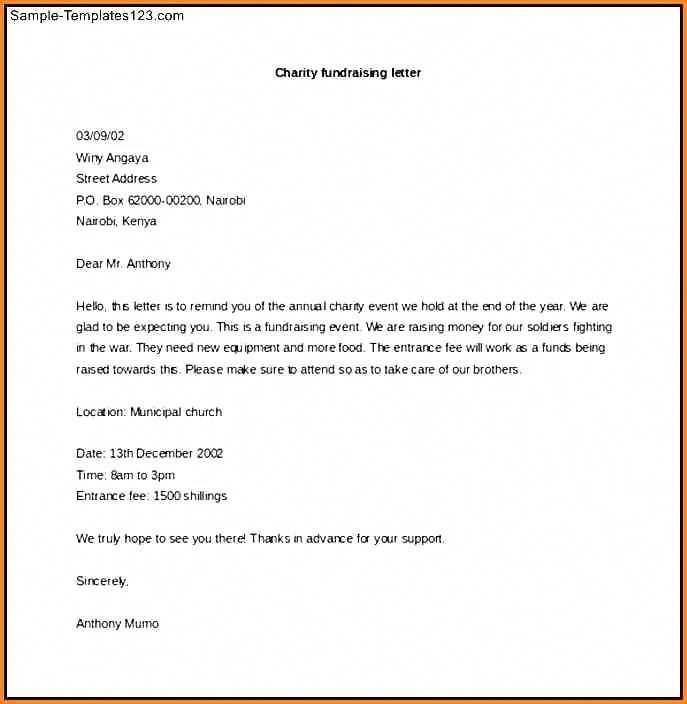
One of the best ways to address supporters is to make the message feel personal and relevant. This can be done by referencing past contributions or acknowledging their specific interests in your cause. A generic approach may feel impersonal and fail to engage the reader.
| Addressing Approach | Why It Works |
|---|---|
| Use the donor’s name | Creates a personal connection, making the message feel direct and individualized. |
| Reference past support or involvement | Shows appreciation and reminds the donor of their positive impact, encouraging further engagement. |
| Tailor the tone based on familiarity | Adjusting the tone ensures the message aligns with the relationship you share with the recipient, whether formal or informal. |
Be Grateful and Acknowledge Contributions
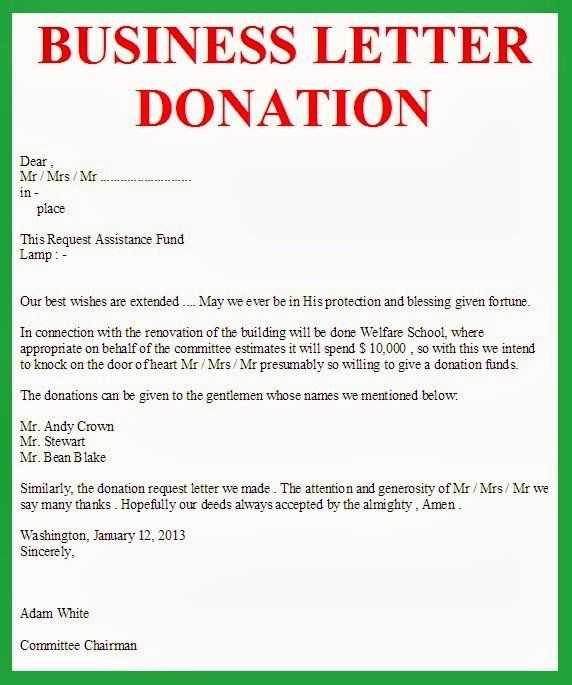
Don’t forget to express gratitude for any past contributions. Recognizing a donor’s efforts, no matter how big or small, reinforces their sense of importance to your cause. Acknowledging their support builds a positive rapport, which can encourage future involvement.